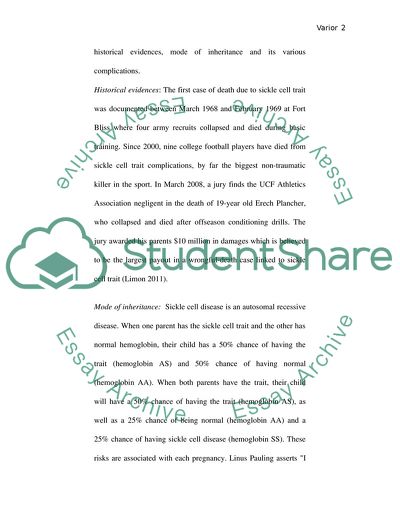Cite this document
(Sickle Cell Trait Essay Example | Topics and Well Written Essays - 2750 words - 1, n.d.)
Sickle Cell Trait Essay Example | Topics and Well Written Essays - 2750 words - 1. https://studentshare.org/health-sciences-medicine/1754825-sickle-cell-trait
Sickle Cell Trait Essay Example | Topics and Well Written Essays - 2750 words - 1. https://studentshare.org/health-sciences-medicine/1754825-sickle-cell-trait
(Sickle Cell Trait Essay Example | Topics and Well Written Essays - 2750 Words - 1)
Sickle Cell Trait Essay Example | Topics and Well Written Essays - 2750 Words - 1. https://studentshare.org/health-sciences-medicine/1754825-sickle-cell-trait.
Sickle Cell Trait Essay Example | Topics and Well Written Essays - 2750 Words - 1. https://studentshare.org/health-sciences-medicine/1754825-sickle-cell-trait.
“Sickle Cell Trait Essay Example | Topics and Well Written Essays - 2750 Words - 1”. https://studentshare.org/health-sciences-medicine/1754825-sickle-cell-trait.


